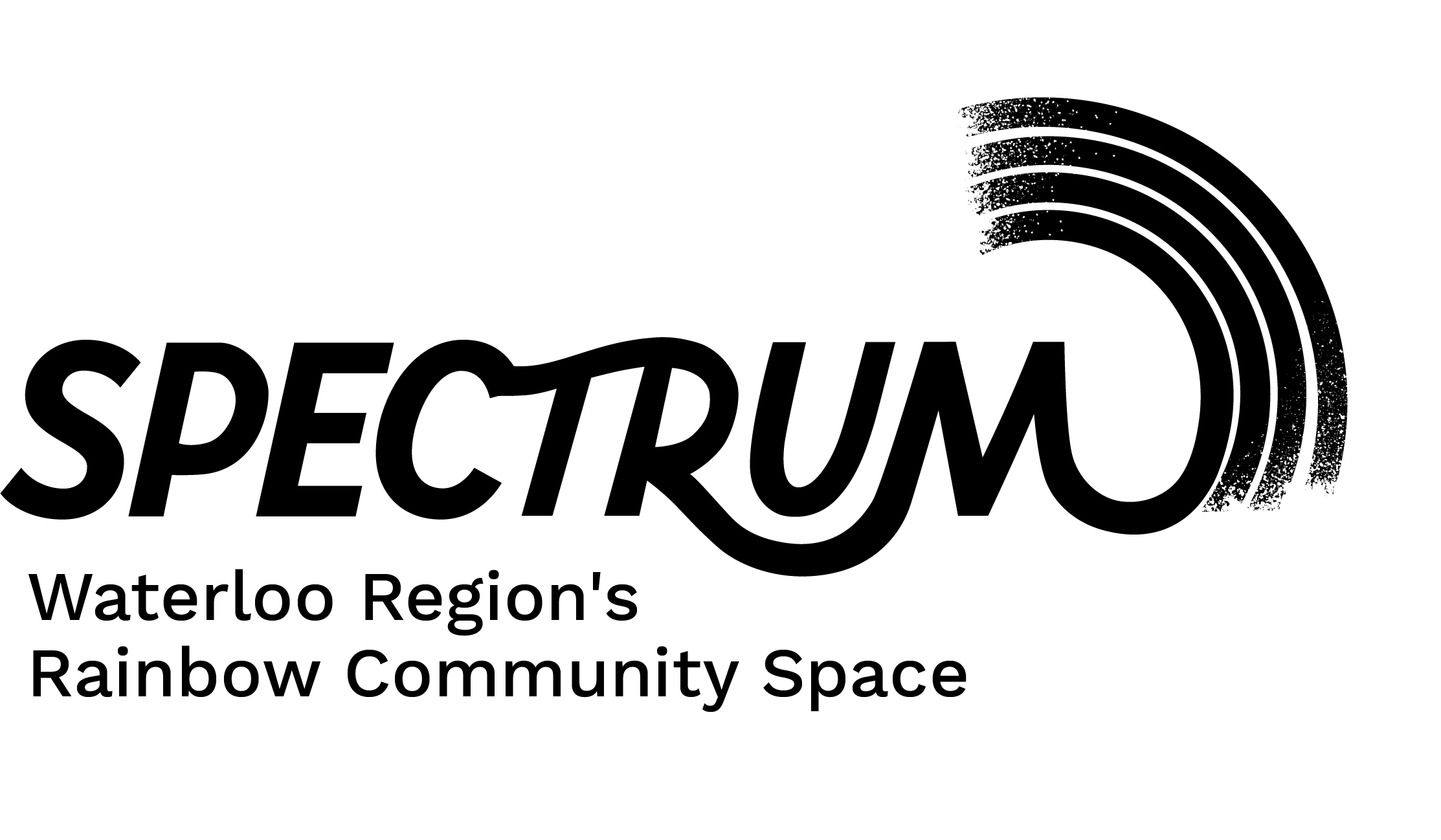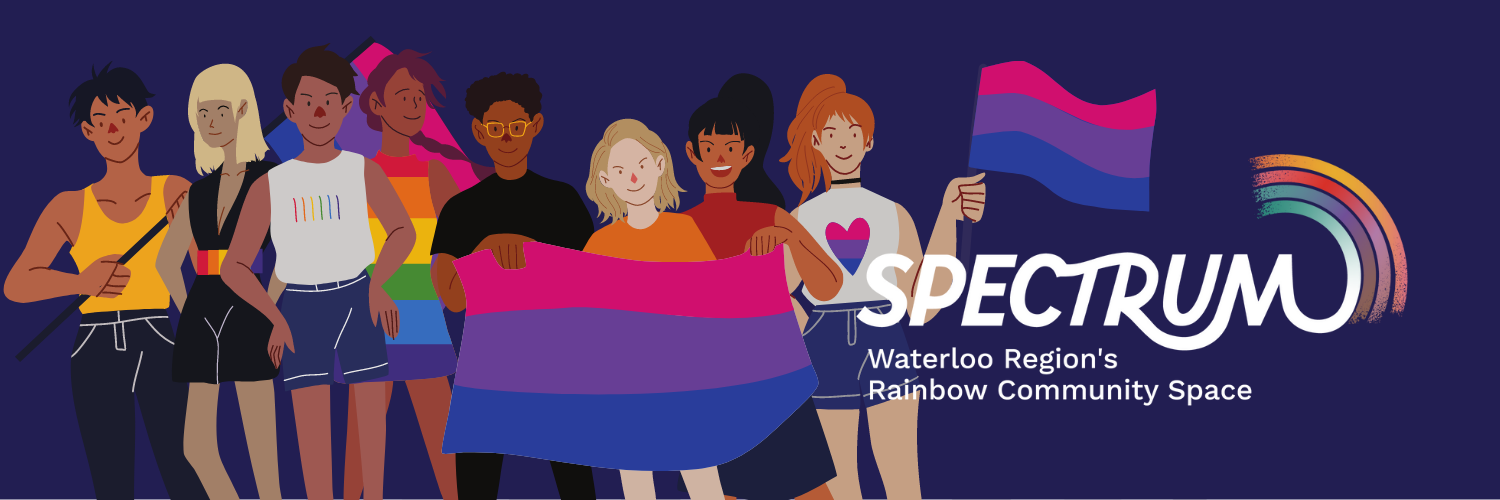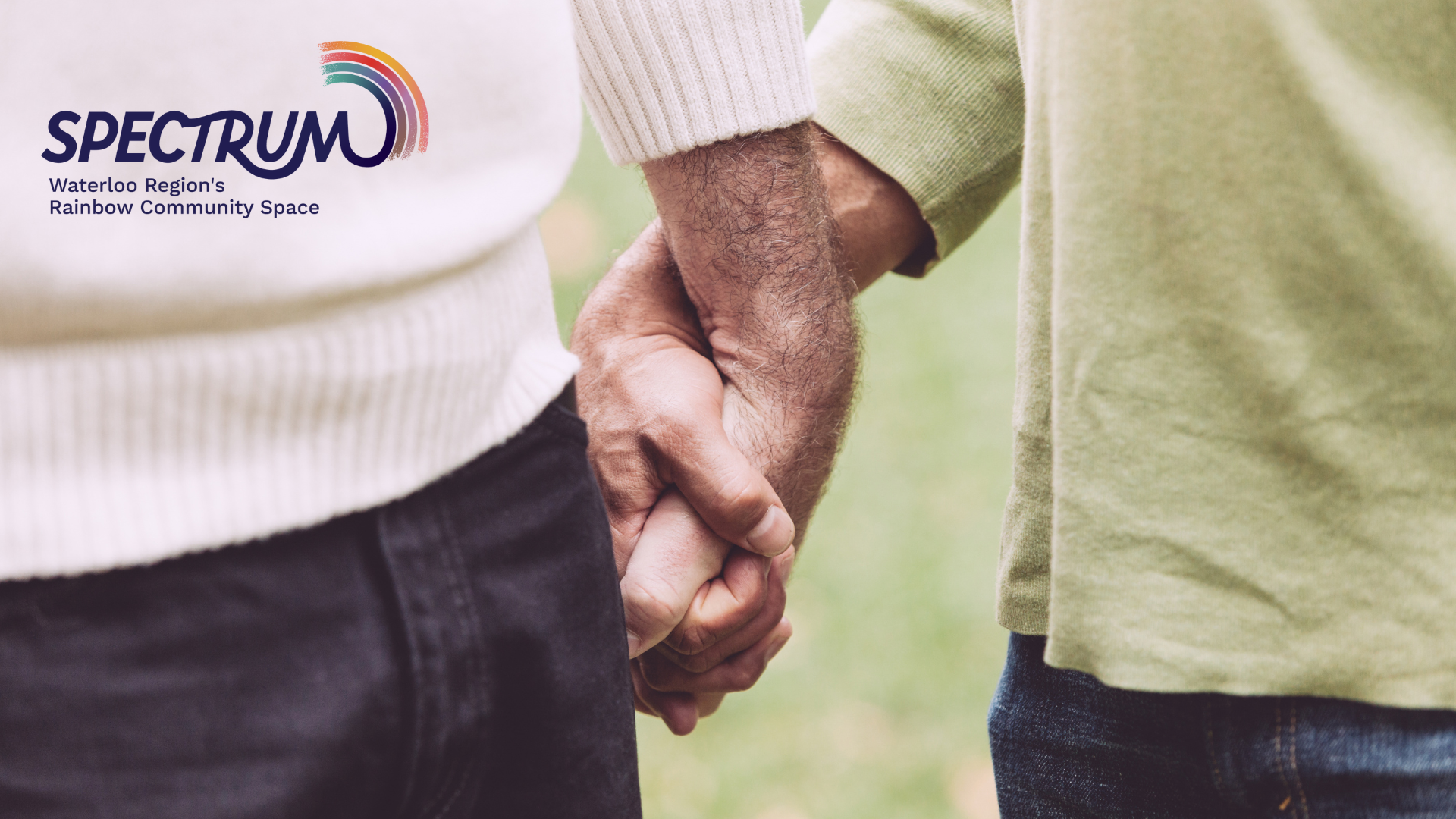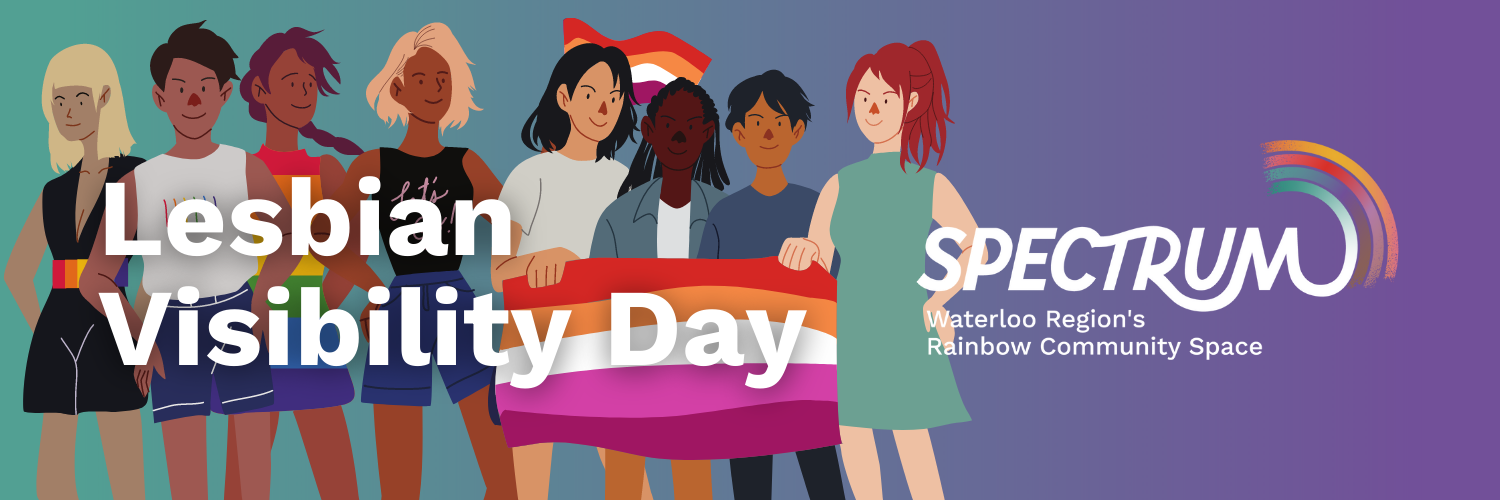Hi! My name is Jamie and I’m a Social Service Worker student from Conestoga College and I’m
doing my placement at Spectrum this semester. For transparency, I’m a white neurodivergent
pansexual transgender guy who has a special passion for supporting 2SLGBTQIA+ folks with
mental illnesses and who may be homeless or have experienced homelessness at some point in their life. I have personal and professional experience with service navigation and I’m very
knowledgeable about 2SLGBTQIA+ issues and tenant rights. My goal during my placement is to
attend as many of the groups/events Spectrum offers and share my experiences while
attending these groups, as well as the experiences of other folks who attend and have willingly
answered questions that I have asked them.
As a part of attending these groups, I have written a series of journal entries that discuss my own thoughts of the spaces, combined with the answers I received from other attendees. Today, I’ll be talking about my experience at Spectrum on the Spectrum, which is a group for people who are on the Autism spectrum and identify as 2SLGBTQIA+.
2SLGBTQ+ Youth Group (18-25)
Attending the 2SLGBTQ+ youth group for the first time was a great experience for me.
Compared to the other groups Spectrum has to offer, this one was a bit different. I found it to
be more structured and almost therapeutic as it offered peer support on heavier topics brought up by participants, rather than being a purely socializing group. There were also coloured cards (red, yellow, and orange) that helped determine the boundaries and needs of group members when certain topics came up. Red means the topic is off the table for the rest of the meeting, yellow means slow down/talk quieter, and orange means pause for instances when someone has an immediate question, needs help understanding a term, etc. There were also of course snacks and drinks like most, if not all, Spectrum groups offer. These were all things that helped me feel comfortable in this space and made it feel more welcoming; some participants I interviewed also shared a similar sentiment.
One participant stated, “This group offers us a sense of belonging by showing us that others
have problems and not leaving us feeling alone”. They added, “This group makes us feel better
normally because it allows us to get what is bothering us off our mind by expressing it to
others”. When asked what they would like people to know who are considering attending this
group they said “I would let others who are planning on attending this group to know that the
group is most helpful when you express what is wrong and that no matter what you’re going
through the facilitators are willing to help you”. This particular participant said that they have
attended this group between 15 and 20 times and plans to continue coming back!
Over the course of the next few months, I’ll be sharing my other experiences of Spectrum Groups.
If you’re interested in attending any future Spectrum groups, make sure to check out the events calendar (ourspectrum.com/events) or follow us on social media.
Thanks for reading!
Jamie






